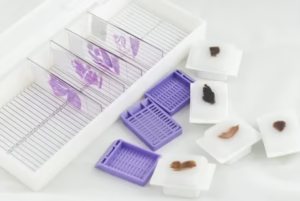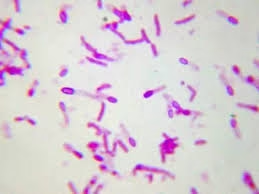
AIM: Gross Examination of Histopathological Specimens Principle The principle of gross examination of histopathology involves the visual and tactile assessment of tissue specimens before they undergo microscopic examination. The primary Read More …
Simplifying Allied Health Learning.

AIM: Gross Examination of Histopathological Specimens Principle The principle of gross examination of histopathology involves the visual and tactile assessment of tissue specimens before they undergo microscopic examination. The primary Read More …

AIM: Determination of ESR (Erythrocyte Sedimentation Rate) by the LANDAU Method Principles The Erythrocyte Sedimentation Rate (ESR) is a non-specific test used to measure the rate at which red blood Read More …

Principle Spore staining relies on the ability of spores to resist conventional staining methods due to their tough, multi-layered coats. The principle of spore staining involves using a special dye Read More …

Principle Albert’s stain works based on the unique ability of Corynebacterium species to accumulate metachromatic granules in their cytoplasm. These granules are a result of the accumulation of polyphosphate. The Read More …

Principle The principle of AFB staining hinges on the unique properties of mycobacterial cell walls. These bacteria contain a high concentration of mycolic acids, which make their cell walls impervious Read More …